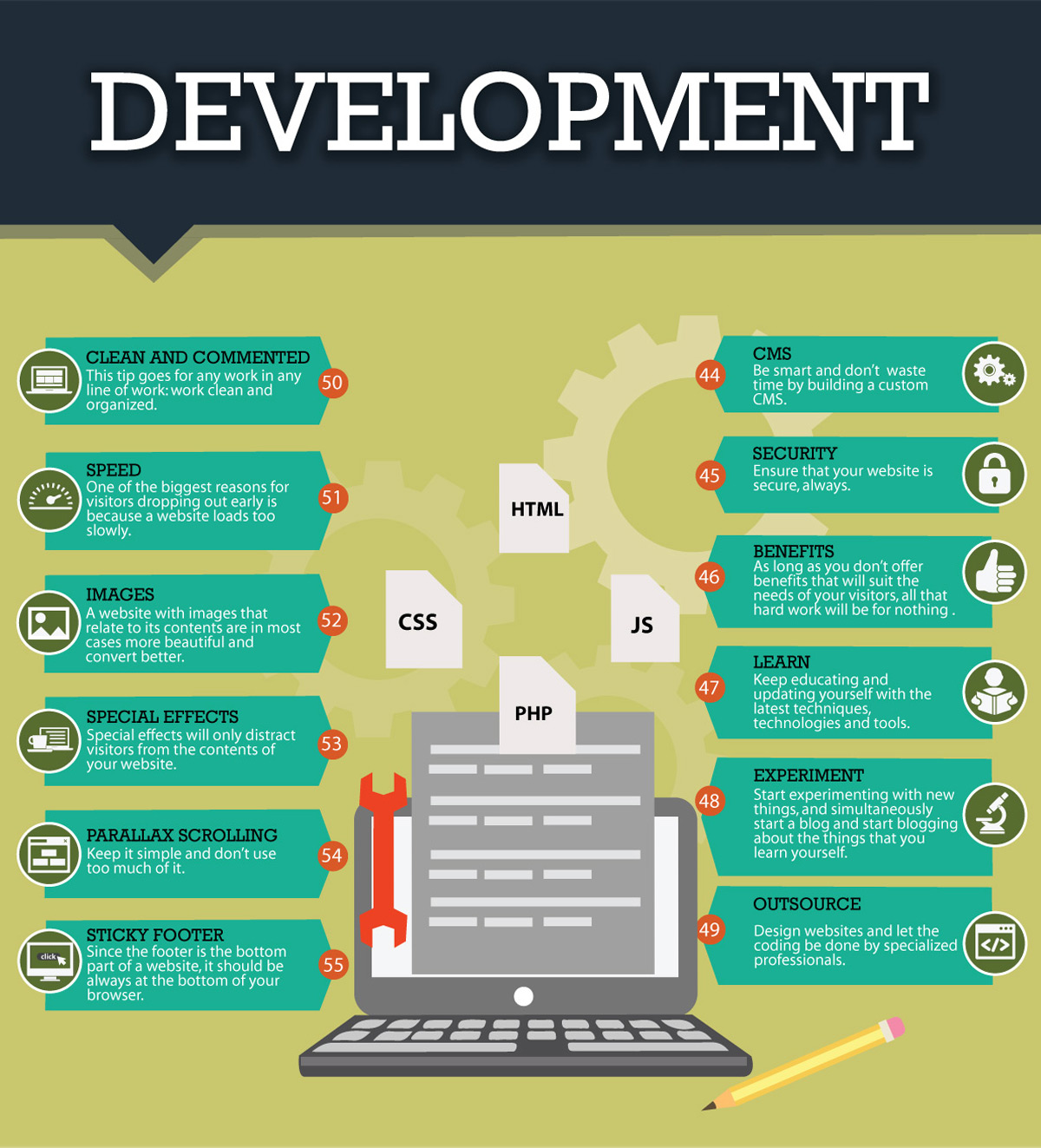Site Layout Basics: Tips For Building A User-Friendly Site
Site Layout Basics: Tips For Building A User-Friendly Site
Blog Article
Material By-Hall Ehlers
When it concerns internet site layout, making sure user-friendliness is essential. From responsive layout to structured navigating, every element plays a critical function in creating a website that deals with your audience's needs. Yet what regarding the better details that can make or damage a customer's surfing experience? Remain tuned as we reveal some often-overlooked suggestions that can elevate your site's functionality to the following degree, making it absolutely stick out in the digital landscape.
Significance of Responsive Layout
Receptive design is an important element of modern-day internet site advancement. Ensuring your web site is responsive means that it can adjust to different screen dimensions and devices, offering a seamless experience for individuals.
With the raising use smart devices and tablets to access the net, having a responsive style is vital for reaching a broader audience. It helps in improving user experience by making your web site simple to navigate and continue reading any gadget.
In addition, responsive style can favorably influence your internet search engine rankings, as search engines like Google prioritize mobile-friendly sites. By having a receptive layout, you're also future-proofing your website, as brand-new gadgets with differing display sizes remain to arise.
Simplify Navigation Structure
To boost user experience and facilitate easy accessibility to information on your web site, enhancing the navigation structure is vital. When making your site, focus on creating a clear and instinctive navigating menu that aids site visitors locate what they're searching for promptly.
Limit search engine optimization services prices of menu items to the essentials, grouping relevant web pages with each other to prevent frustrating individuals. Usage detailed labels that clearly indicate the material of each page, making it simpler for customers to recognize where each link will certainly take them.
Take into consideration executing dropdown menus for subcategories to stop cluttering the major navigation bar. In addition, include a search bar plainly on the page for users that prefer searching for certain info.
Prioritize mobile responsiveness in your navigation style to make sure simple accessibility on all gadgets.
Optimize Page Tons Speed
Improving page load speed is vital for maintaining visitors on your website. Slow-loading pages annoy customers and can lead to high bounce prices. To maximize off site optimization , start by optimizing pictures. Press pictures without endangering high quality to decrease their data sizes.
Furthermore, allow browser caching to store often accessed https://simonqmgav.fare-blog.com/31266637/the-ultimate-seo-handbook-strategies-for-maximizing-your-online-exposure , speeding up lots times for returning site visitors. Minify CSS, JavaScript, and HTML data by eliminating unnecessary characters, comments, and format, boosting lots speed.
Think about utilizing a material distribution network (CDN) to disperse your web site's web content throughout numerous servers worldwide, reducing latency for customers accessing your site from different places. Last but not least, limit using third-party manuscripts and plugins, as they can considerably impact tons times.
Verdict
To conclude, by integrating receptive style, simplifying navigating, and enhancing page lots rate, you can produce an easy to use internet site that interest a wider target market and enhances individual experience. These essential elements ensure that visitors can quickly accessibility and navigate your site throughout various devices, leading to increased involvement and complete satisfaction. By concentrating on these key aspects, you can develop an effective web site that keeps individuals returning for more.
